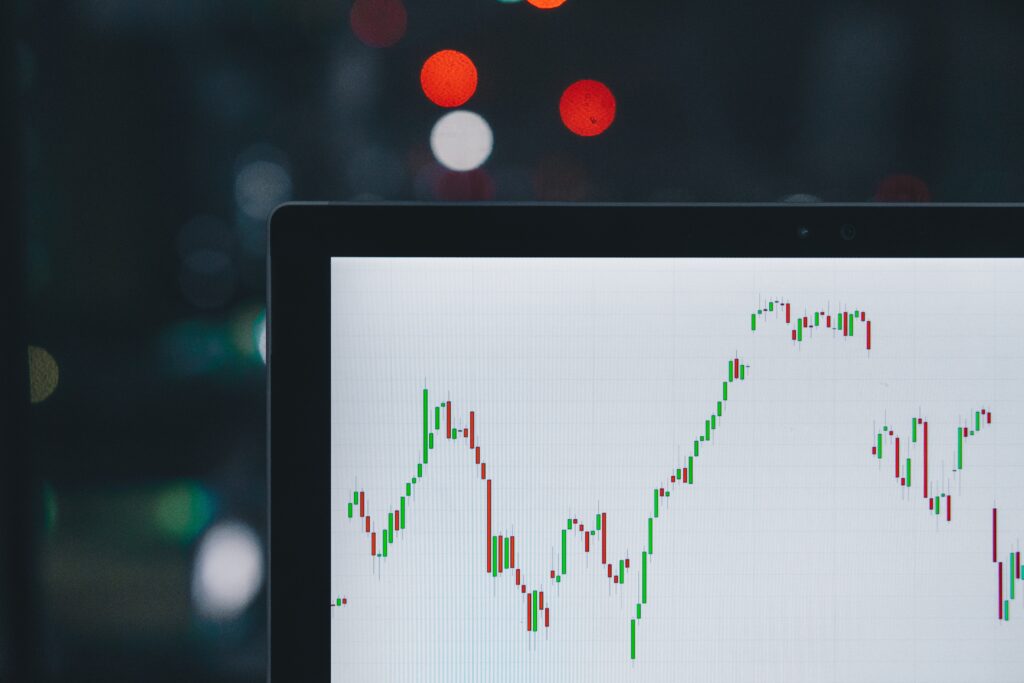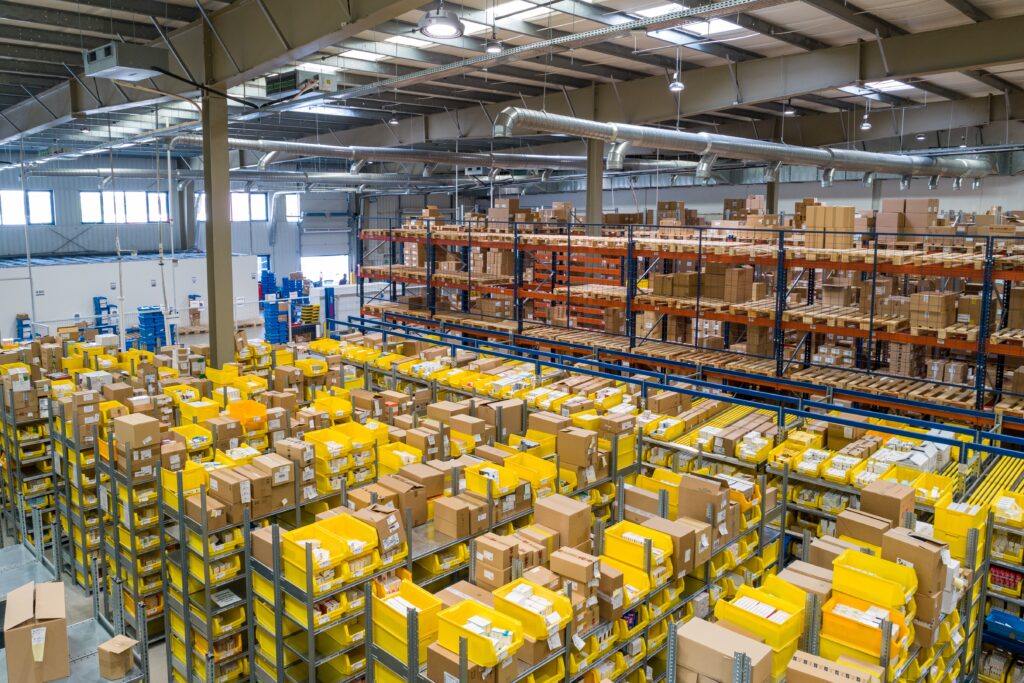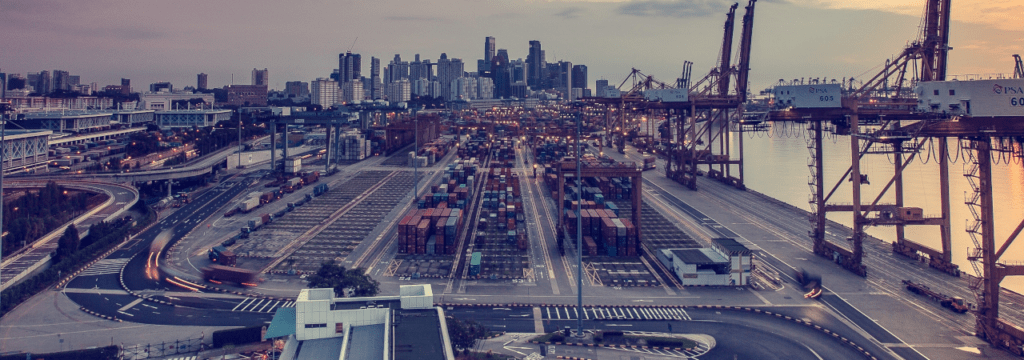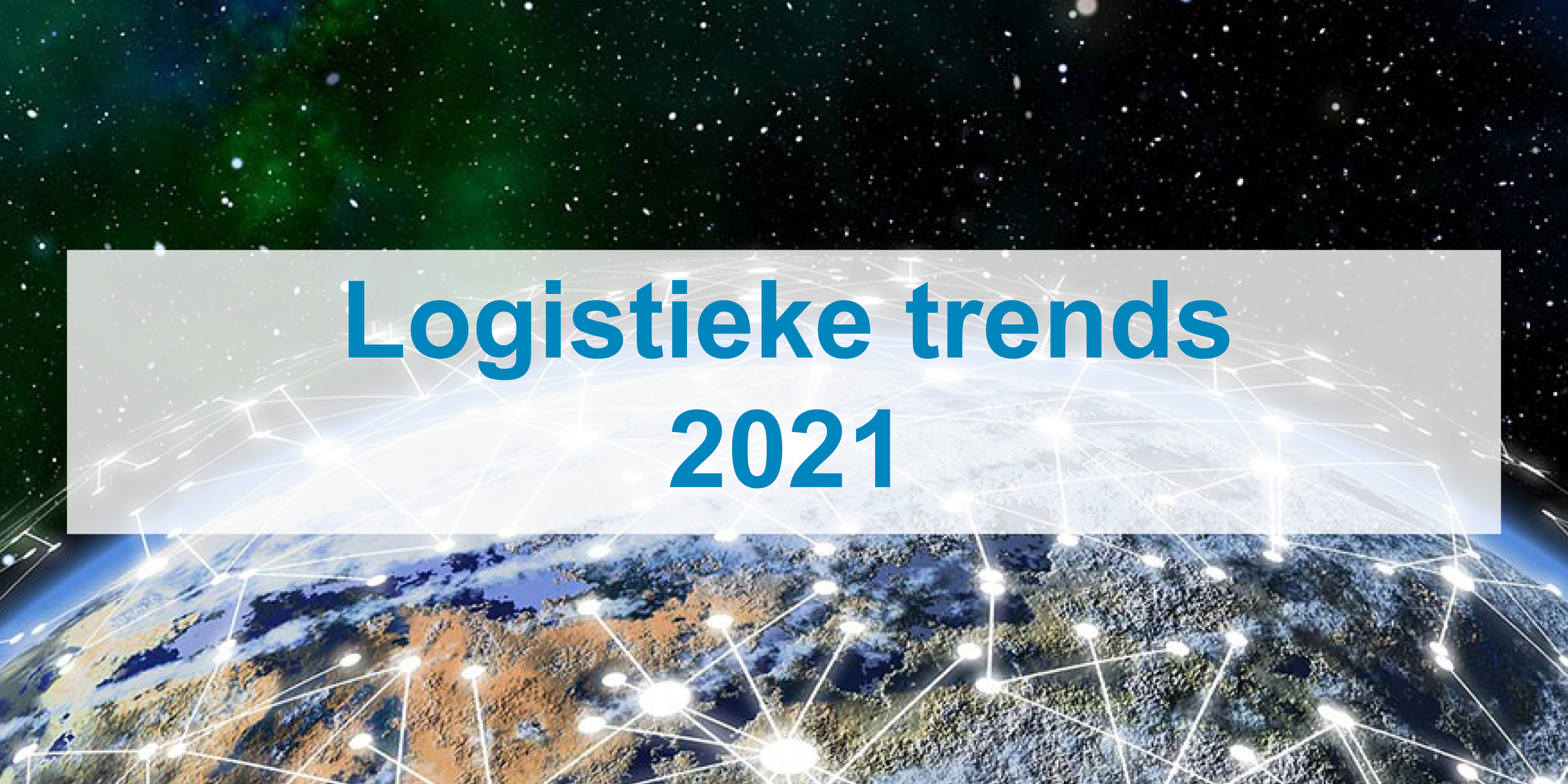Logistics trends
Top 10 logistics trends for 2023
It can’t come as a surprise that 2020 has been a challenging year for the logistics industry. Before COVID, it was expected for the industry to grow, now it is in decline. For 2021 we look towards a market that will slowly start to recover. To face the current challenges, we anticipate that the industry will adopt existing trends and innovations faster. Logistics companies experience more pressure than ever to move along with the market to stay ahead of the competition. At Adaption, we anticipate the needs of the market. Based on this, we continue to build our Logistics Cloud Suite accordingly. Many of the trends deal with technological and digital innovation. That’s why, in this blog, we walk you through the biggest logistics trends for 2021.
Quick navigation:
1 – Shift towards online
As a consequence of worldwide lockdowns, a massive shift in transport and logistics occurred in 2020. Whereas logistics companies active in E-Commerce and food seem to continue growing, business for other logistics companies appears to have stagnated. We expect this detriment to continue throughout 2021, and it is plausible that the industry growth will not be as fast as expected as before COVID.

2- Interconnectivity ensures more supply chain collaboration
Because of high demands within the logistics industry, supply chain collaboration and transparancy are increasingly important. The logistics industry is slowly but steadily embracing the digital revolution. By embedding portal functionalities and integrating systems, companies are connected more and more. This connection offers businesses transparancy and insight into the entire supply chain. As a result, productivity and revenue increase Mobile logistics apps are also up and coming. They offer the possibility to place orders and provide insight into relevant data at any place or time.

3 – Big data is big business
In comparison to other industries, the logistics industry is ahead when it comes to data. Within nearly all logistics processes all relevant data is registered. This produces a huge load of data about the vehicle performance, vehicle routings, activities, stock changes, financial mutations, the general movement of goods and much more. This data can subsequently be used to inform clients and optimize processes. In 2021, we will see that more and more logistics companies start using this data as a revenue model. For example, by doing predictive analysis that improves service levels and overall efficiency.

4 – Supply Chain Finance
COVID is causing a significant decrease in growth for the logistics industry. As a result, pressure increases on all links within the supply chains worldwide. That’s why in 2021, there will be an increased focus on revenue and optimal supply chain finance. Integrating, implementing, and optimizing financial processes between clients, suppliers, and service providers will continue to need more and more attention. The part of digital innovation is increasing in this area, for example, logistics quotation software. It offers a complete oversight of rates, agreements and contracts with both suppliers and customers. It also allows businesses swift creation and sending of flawless quotations.

5 – Risk management
Risk management plays a big part in 2021. Because of COVID, and the resulting challenges for the entire supply chain, it has to. Transport volumes drop, and margins are under pressure. In a market facing these challenges, logistic companies have no other choice but to map out risks to prevent them. For example, with a non-conformity or incident management feature built into your WMS or FMS. The feature enables you to define workflows within the system in case a non-conformity occurs. If, for example, one link within the supply chain isn’t performing according to the predefined agreements, the system will automatically note this as a non-conformity upon which an employee can act. It will prompt notification, so you are always up to date on deviations within the process, enabling you to respond directly and e.g. inform your customer. Aside from that, it also collects this data so you may perform predictive analysis to prevent risks in the future.

6 – Sustainability
Sustainability continues to be an issue within the logistics industry. To comply with the climate goals for 2030, the European Council is willing and planning to implement strict laws if deemed necessary. To comply with these laws, the European Union has made funds up to 750 billion Euros available. Of these funds, 30% has to be invested into ways to comply with climate goals. As a result, logistics companies have more grants available to them for investments in making their logistics more sustainable. With the EU funds acting as a stimulus, we anticipate that the transport industry will implement sustainable logistics solutions at an increased rate.

7 – E-commerce
As mentioned before, in 2020, the balance between online and physical shopping has been severely disrupted due to COVID. We have seen a significant shift toward online shopping. In 2020 consumers who did not care for online shopping have been forced towards doing so. More and more, they are getting used to shopping in the comfort of their own home. This new forced behaviour will influence their long term shopping behaviour. The shift towards online shopping will likely cause increased adoption rates of innovations in the E-commerce industry. For the big players in the industry, it’s all about autonomous delivery, smart-sensors, hybrid fulfilment, blockchain tracking and digital twins. Luckily there are much more innovations that will also work for the smaller players. Systems that automate processes en improve efficiency can make a massive difference here.

8 – Logistics real estate
Because of the shift towards online shopping the logistics real estate also has to overcome a challenge. On the one hand, customers will decrease, perhaps due to bankruptcy or due to lesser volumes. On the other hand, E-Commerce and food businesses are booming. Also, companies are more aware of the vulnerability of their supply chain. Partly because of this, they’ll want to keep their stock closer to home. Because of all this uncertainty, 2021 promises to be a challenging year for logistics real estate businesses. As a warehouse renting out space to third parties, you need to deal with these challenges flexibly, for example, with an automatic warehouse rental calculation feature built into your WMS.

9 – Globalisation vs local
Globalisation has been a massive trend over the past years. We expect this trend to continue even into the decade. However, as more and more countries went into lockdown, it became clear how vulnerable globalisation makes us. Think of entire industries that had to stop production due to a lack of raw materials or a massive deficiency of face masks. Already debates are going on about whether we are too dependant on China. Part of the discussion is how weak links in the supply chain, can be strengthened. Especially in combination with the trend on sustainability, the call to action towards locally produced goods is becoming louder.

10 – Accelerated adoption of logistics trends
All players within the logistics industry have no other choice but to comply with customer wishes. It is even more necessary to focus on innovation to best utilize the opportunities within the market to achieve this. By investing in the proper IT and employees, you may make this very well possible. It creates the right combination of customer service, agility, and creativity.
As a consequence of COVID, we shall see accelerated adoption of the trends above. Experts predict, that as soon as the volumes return to normal, new market players will claim a slice of the pie. With renewed business models, they reshape the market and change the rules of the game. New players usually understand the added value of technology and digitization. Existing players have no other choice but to play along or lag.

Are you ready for the logistics trends of 2023?
Here at Adaption, we keep a close eye on trends and innovations in the logistics industry. By anticipating the needs of the market, we ensure that our software remains innovative. By working with a modern system, you are staying ahead of the competition. Are you curious whether our software is a good fit for your company? Please feel free to contact us. We are more than happy to tell you all about it!
